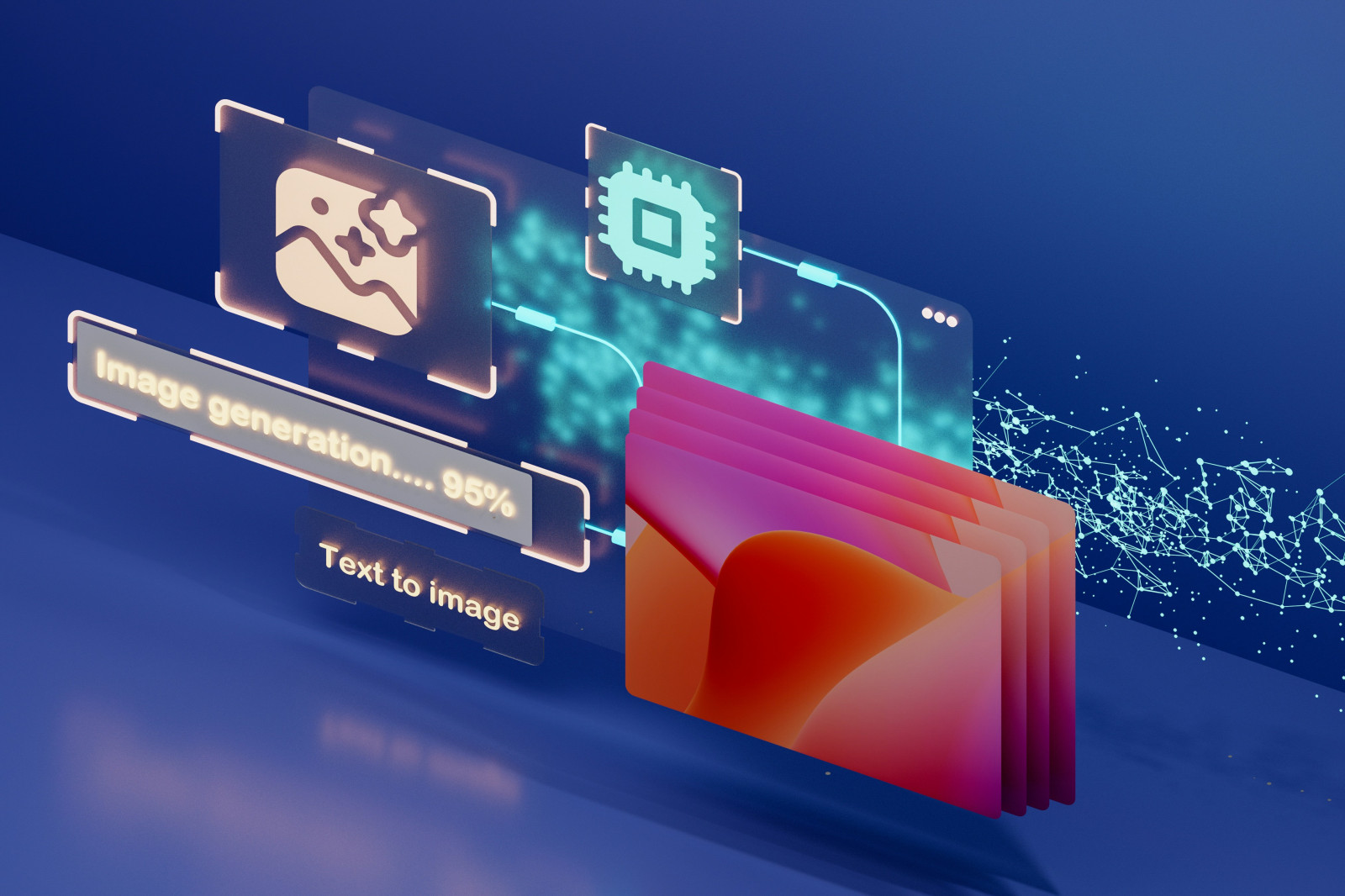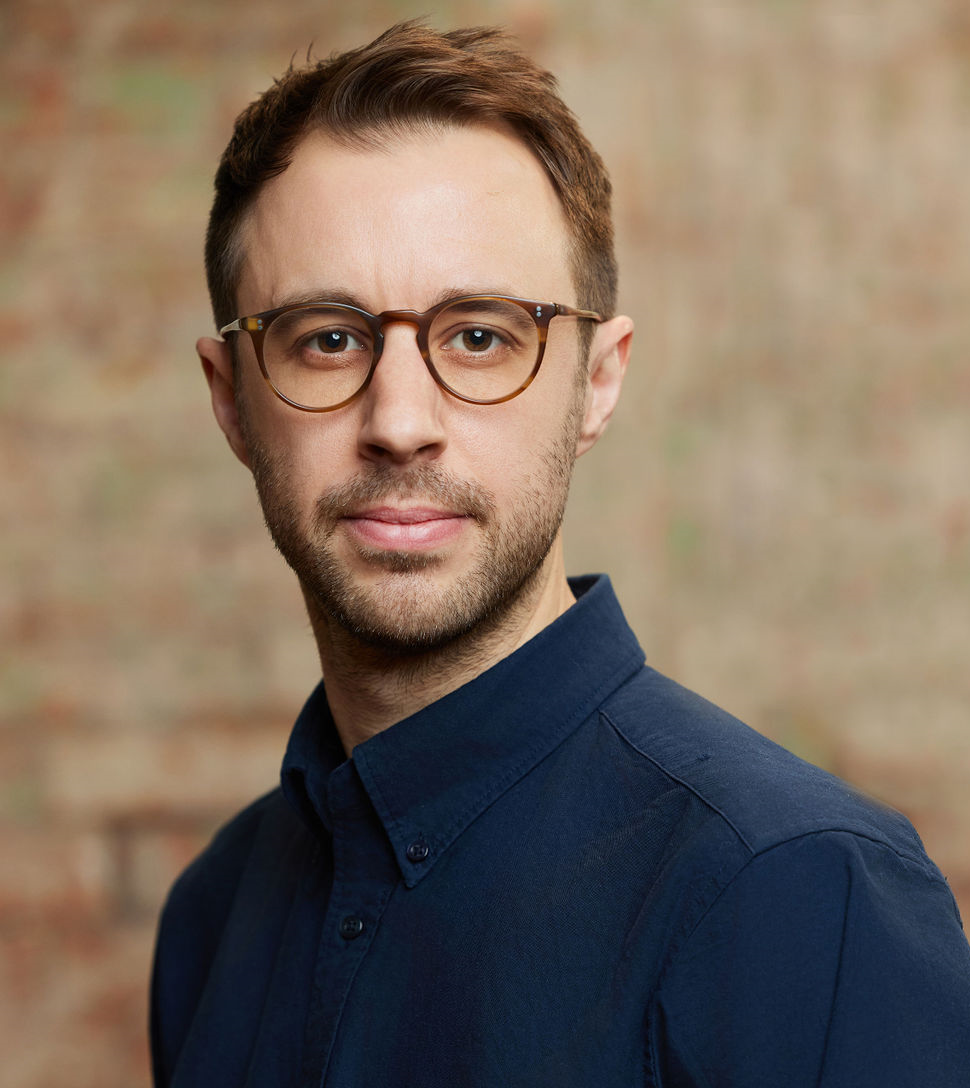AI prompting is an art form that will reshape creation

Photo: Philip Oroni

- Generative AI is reshaping creative workflows, with MIDiA’s research highlighting how AI-only video production is already achievable
- The next creative divide will be defined by prompting skill level: those who can expertly translate vision into AI prompts will be ahead of the curve and set the standard for creators
- As AI tools evolve, MIDiA foresees a new generation of AI-native creators poised to redefine professional-grade output
Who will be left behind by the AI revolution? Many industries are predicted to pivot towards autonomous workflows that will streamline some jobs out of existence. The workers occupying those roles will no longer be needed in the same way. What will be needed is those who can work alongside AI to deliver the best outcomes. Those who are unwilling or do not adapt to an AI future will struggle. But it will not end there. A second dividing line will also emerge within the AI adopters. There will be those who are proficient at working with AI and there will be those who become masters at pushing AI tools to the peak of their capability. The latter are poised to be hot property in a labour market that prioritises workers who can help AI reach its full potential.
This evolution will also play out within the creative industries. Understandable concerns remain over how AI will interplay with creator copyright, accreditation, and the training of generative models. However, the impact of generative AI tools on workflows at both a macro and micro level is proving too profound to ignore. MIDiA’s report, ‘The future of creator hardware’, highlights that AI-only video workflows are already achievable. Such workstreams are already being streamlined via AI assistants. These AI accomplices are emerging as one-stop shops of creation across video, imaging, and graphic design. Their adoption will demand a rethink of how creator tools are monetised in the future.
The dividing line in AI creation
Considering this backdrop, where will the dividing line be drawn between the proficient and professional in AI creation? The answer lies within the art of prompting. One of the great misconceptions about generative AI is that anyone can become a professional-grade creator with AI tools at their fingertips. It is true that someone with no artistic skill can start producing decent-looking content. However, the quality of that content still highly depends upon the quality of the information being fed into the generative AI system. Those who become adept at feeding the best information possible will produce the best content. For text-to-video prompting, an optimum result will hinge upon the creator’s experience in the following areas.
1. The creative idea
How powerful is your starting point? AI tools can help creators ideate, but those with original thought will always trump those pursuing generic and well-trodden paths.
Featured Report
The future of creator apps Fuelling engagement with fandom
The AI boom has unleashed a wave of creator tools, but some are struggling to make the transition from interesting and experimental to compulsive and essential. Fandom offers a solution by tying creation to a consumer’s personal passion, appetite for community engagement and a desire to have a stake in the entertainment they love.
Find out more…2. The art of translation
Can you transform ideas into actionable prompts? It may sound obvious, but not all creators are good at turning their ideas into prompts. A creator who is highly proficient at prompting could end up delivering better content with a weaker idea than a creator with a great idea who cannot properly engage. Think about prompting like a paint brush: even a creative genius needs to know basic brush strokes to communicate their ideas.
3. Video creation experience
When it comes to video creation, AI generators are starting to understand and speak the language of seasoned professionals. Therefore, a video creator with years of experience who knows the lingo will be able to achieve a degree of technical accuracy that an amateur may never consider.
4. Knowing a model’s strengths and weaknesses
Not all generative AI models are created equal. They vary in strengths when it comes to image, animation, and video generation. Knowing which model to use for which task will be key. Knowing when to prompt an AI video generator with text, or when to generate an image to be used as a prompt instead, is the type of experience that will divide the pros from the proficient.
AI tools to match how creator’s think
These points above are not static. The defining factors of what makes a professional-grade AI creator will change as AI tools evolve. AI tools are already becoming more reflective of how different types of creators approach creation. One of the great limitations of text-to-video prompting is that it plays to the strengths of a certain type of creator who is adept at communicating creative ideas through writing. Some creators will find this approach off putting: it is just not how they think. Many artists and video creators will be highly visual. They will prefer to play with images and textures to reach a creative end point.
The Adobe Max conference in London (April 25, 2025) provided some examples of how AI tools are evolving to address such an issue. Adobe Firefly Boards, an AI-first approach to mood boarding, allows creators to pull multiple assets onto a blank canvas and start concepting using images and colour swatches as well as text prompts. The remix tool enables creators to select a variety of images with different aesthetics as an input for generating a new image that blends the respective styles. Meanwhile, the sub-prompt extraction tool is an eyedropper that auto-generates written text prompts based on the image a user is clicking on. Providing these multi-faceted approaches is imperative for Firefly Boards as collaboration is hard baked into the experience. It enables a variety of creators to work together on single project without bending to meet a single creative approach or workflow.
Adobe Firefly Boards expands creative horizons
The emergence of Firefly Boards shows that engaging with AI tools will not be a one-way street. Creators won’t need to completely re-calibrate how they think. AI tools will also meet them where they are with workflow innovations that reflect their different creative behaviours. However, adaption will still be key if the current generation of creators are to keep step with the next wave of AI tools and the next generation of creators. It won’t be long before a new wave of hungry creators comes into the funnel with a mindset shaped by the AI tools at their disposal. While they may lack creative experience, these creators will also be free of the workflow shackles of the past. Many will take an AI-first approach to creation that will push the boundaries of what is possible with generative AI tools. This will usher in a new era of professional-grade AI creators and demonstrate the true power of prompting as an art form.

The discussion around this post has not yet got started, be the first to add an opinion.